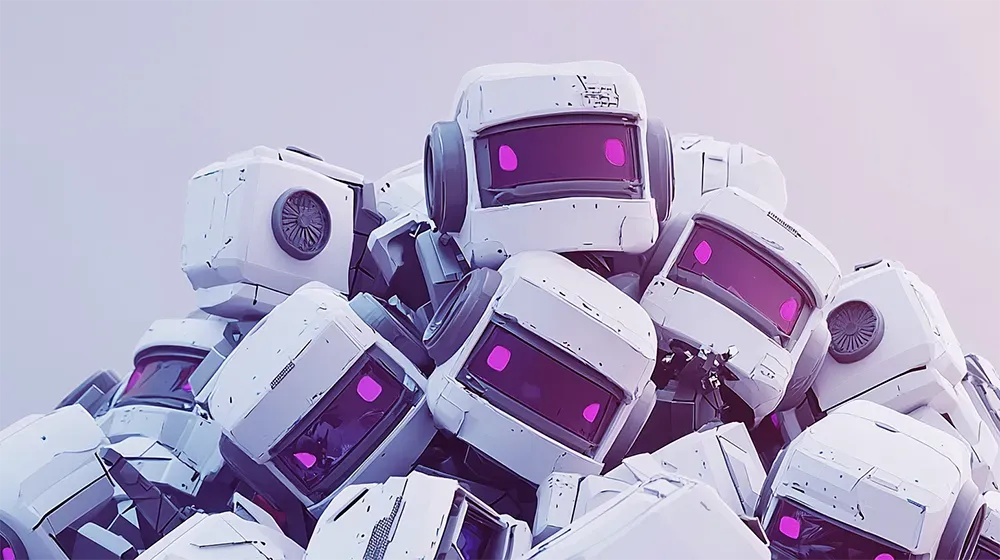What is Synthetic Biology - The Next Big Leap for Nature
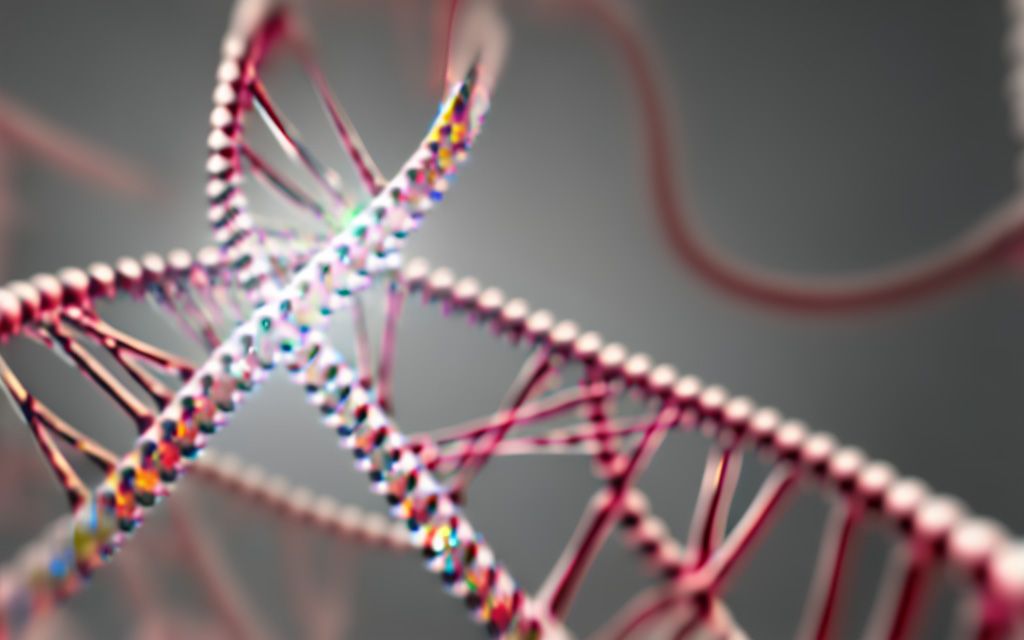
Synthetic Biology is a very new yet highly promising technology. The advances in this industry are growing exponentially, and as a futurist, I believe it will revolutionise many aspects of our lives. However, due to its youth, it is still shrouded in mystery for many people.
To help dispel myths about synthetic biology and clarify what it actually means, this article seeks to give you an overview of synthetic biology, introduce you to some of the most relevant companies within the space and explain why you should be familiar with synthetic biology.
Note: my latest book - Future Visions - also covers a chapter on synthetic biology but was written entirely by AI. This chapter, however, was written by me. It is interesting to see the differences in quality between this article and the book chapter.
What is Synthetic Biology?
Synthetic biology is a discipline that attempts to build synthetic systems and organisms using the principles of engineering. It is also known as SynBio or (artificial) biology. This field aims to create new living things and organisms that do not exist in nature or copy existing biological systems for human applications.
Concept of Traditional Biology
Traditional biology is a branch of biology that focuses on studying and classifying living organisms. Traditional biology is sometimes called descriptive or reductionist biology. The term "reductionist" refers to the idea that biological systems can be explained by studying their smallest components.
Traditional biologists study the structure and function of cells, tissues, and organ systems using techniques such as microscopy and histology. They also study how genetic information is inherited from one generation to the next.
What is the difference?
The key difference between synthetic biology and traditional biology is that in synthetic biology, researchers can make changes in the DNA of organisms by altering their structure or function. In traditional biology, researchers can only perform experiments on the existing structure of the organism.
Synthetic biology is also known as "extreme genetic engineering" because it allows scientists to use genes from different species to create new organisms with novel properties. On the other hand, traditional biologists cannot bring together genes from different organisms because they do not know how to manipulate DNA well enough to do so.
Traditional biologists can perform experiments such as breeding plants or animals for desired traits, but this process is slow and inefficient compared to the direct manipulation of genes by synthetic biologists.
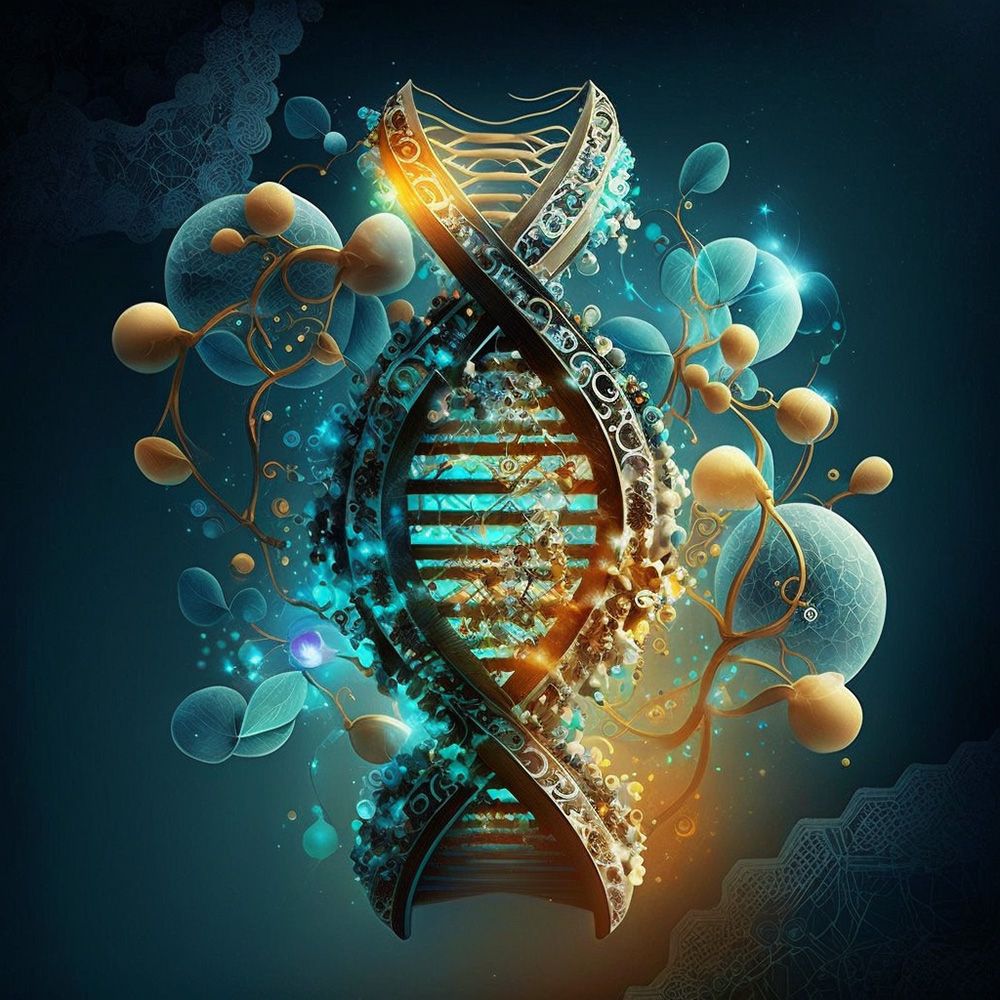
Potential Risks and Benefits of Synthetic Biology
The potential risks of synthetic biology are many and varied, but there are also significant benefits for humanity. The risks include the possibility that new organisms could be used as weapons or affect ecosystems in ways we cannot predict.
On the other hand, synthetic biology could help us produce more fuel from renewable sources, such as algae or fungus or produce drugs more efficiently and economically. Here are some examples of the potential benefits and risks.
Main Risks
While genetically engineered organisms could positively impact human and environmental health, their intentional or accidental release could negatively impact both.
UN Environment specialist Pinya Sarasas, who coordinates the Frontiers Report, warns that misuse of these technologies could cause irreversible environmental damage. When developing and handling innovative synthetic biology applications and products, we should apply the precautionary principle and include diverse stakeholder perspectives. A precautionary principle states that human activities can pose an unacceptable risk of harm that is scientifically plausible but uncertain. Action should be taken to reduce or avoid that risk.
Some critics of synthetic biology -university ethicists, journalists, and conservative religious groups have argued that the field will create Frankensteins and unnatural beings. In their view, releasing artificial life into the environment, intentionally or accidentally, could adversely affect our ecosystem. Because synthetic biology can create incapacitating microorganisms and be lethal to humans, they argue these technologies may be abused in bioterrorism attacks.
Main Benefits
Many synthetic biology products have been developed as alternatives to high-value commodities, especially those based on petroleum supply chains and non-renewable resources, and are now available for sale commercially. Researchers and market players are also looking for synthetic alternatives to conventionally derived substances.
A biotech company called Modern Meadow aims to produce an alternative to animal-derived leather with properties and texture similar to animal-derived leather. Materials that self-assemble and self-repair are also possible with synthetic biology, providing a new landscape for advanced materials.
Lab-grown wood, also known as cultured or engineered wood, is a material created using cells from trees grown in labs rather than being harvested directly. Cells are grown in a culture medium and then arranged to mimic the structure of natural wood.
Just like the above-mentioned example of an alternative to animal-derived leather using synthetic biology, lab-grown wood would also fall under the category of advanced materials developed using synthetic biology, as the process involves the manipulation of cells to create a new material.
Indirectly, synthetic biology could contribute to conservation by providing artificial alternatives to commercial products derived from the wild. For example, horseshoe crab blood is a major biomedical commodity used to test pharmaceuticals for bacterial contamination. A lack of sustainable harvesting is pushing this species toward global extinction. It has been discovered that a synthetic alternative could reduce or replace the need for endangered harvesting crabs. It can also relieve pressure on declining wild fish stocks by engineering microbes and microalgae to produce omega-3 oil alternatives.
Synthetic biology is a rapidly growing field of technology that holds tremendous potential for future commercial and industrial applications. The promise of this technology can be summarised by the ability for rapid product prototyping, systems-level analysis, minimal impact on the environment, and reduced costs associated with goods production. Overall, this powerful new technology has great potential for startups and investors!
How to Balance The Risks and Benefits of Synthetic Biology?
Those who support synthetic biology believe that it offers great promise. In the future, scientists suggest that this field will advance individualised medicine, vaccines, more efficient drugs, new renewable energies, higher-yielding and more sustainable crops, and organisms that can remediate harmful environmental chemicals. Aside from potentially adversely affecting human health and the environment, synthetic biology may pose a national security threat.
We can utilise synthetic biology to improve our understanding of natural biological systems as well as develop new biologically-based systems for addressing pressing environmental and public health needs. For the field to realise its full economic and social potential, it must be collaboratively developed between technology developers, policymakers, regulators, and the public and stakeholder groups.
Having credible, effective, and appropriate governance systems is key to ensuring that synthetic biology benefits are realised while minimising risks. Developing such systems requires policymakers to weigh potential benefits and harms in the face of uncertainty about the future nature of products and processes. Hopefully, these guidelines will help identify and promote policies and practices that ensure responsible conduct for research and innovation.
Regulatory Policy Related to Synthetic Biology
The regulatory policy of synthetic biology is a complex area. While the field has grown dramatically over the last decade, many issues remain to be addressed. One issue is whether synthetic biology products should be regulated as drugs, biologics, or medical devices. Another concern is that engineered organisms might cause harm if they escape into the environment or enter the food supply.
However, the regulatory landscape for synthetic biology is evolving rapidly. In the United States, synthetic biology is regulated by both agencies at the federal and state level through the US Food and Drug Administration (FDA) and Environmental Protection Agency (EPA). European Union member states have also taken steps to regulate synthetic biology products under existing EU regulations governing genetically modified organisms (GMOs).
Code of Conduct for Scientists
Scientists involved in the research and development of synthetic biology are responsible for driving new innovations in the field and ensuring that the technology is used responsibly and ethically. Both the scientific community and governments recognise the importance of self-regulation in the field of synthetic biology, and scientists have a responsibility to conduct their research with integrity and in accordance with guidelines established by professional organisations and institutions.
Researchers must be aware of the possible dangers involved, report or terminate the research when it shows signs of risk, and prevent the publication of results related to nefarious applications. It is crucial for life scientists engaged in dual-use research not only to prevent misuse but also to prevent foreseeable harm.
There has been ongoing work to develop a code of conduct for scientists and researchers in synthetic biology. Developing such a code is essential to ensure that research in this field is conducted responsibly and ethically and to mitigate any potential risks associated with synthetic biology.
One organisation that is actively involved in developing a code of conduct for scientists working in synthetic biology is the International Society for Systems Biology (ISSB). Their work aims to promote the responsible and ethical conduct of synthetic biology research. Their efforts cover governance, safety, security, intellectual property, and public engagement.
Another organisation is the Synthetic Biology Leadership Council (SBLC) which is based in the UK. They set up a Code of Conduct for Synthetic Biology to provide guidelines for the responsible and ethical conduct of research in the field. Also, the International Union of Biochemistry and Molecular Biology (IUBMB) has a set of guidelines for synthetic biology.
Furthermore, many academic institutions also have their own codes of conduct for scientists working in synthetic biology, which typically cover similar topics. It is important to note that these codes of conduct are not legally binding but serve as guidelines for scientists to follow. However, they are used in many institutions and organisations as a reference and are expected to be respected by researchers.
The International Community's Efforts
There are several international efforts to regulate synthetic biology and ensure that it is developed and used in a safe and responsible manner.
One of the leading international efforts to regulate synthetic biology is the Convention on Biological Diversity (CBD), an international treaty signed by most countries worldwide. The CBD includes provisions related to synthetic biology, including a requirement that countries adopt measures to ensure the safe handling, transfer, and use of living-modified organisms (LMOs) that are produced using synthetic biology techniques.
In addition to the CBD, there are a number of other international organisations and initiatives that are working to regulate synthetic biology. These include the World Health Organisation (WHO), which has developed guidelines for the safety of synthetic biology research and applications, and the Organisation for Economic Cooperation and Development (OECD), which has also developed guidelines for the regulation of synthetic biology and other emerging technologies.
There are also national and regional regulatory frameworks that have been developed to regulate synthetic biology, including in the United States, Europe, and elsewhere. These frameworks typically involve the development of specific regulations and guidelines to ensure the safe and responsible development and use of synthetic biology technologies.
Ethical Concerns
The potential benefits of synthetic biology are tremendous, but significant ethical concerns must be addressed.
Synthetic biology could be used for good or evil purposes, depending on who has access to the technology and their intentions.
One major concern is safety. As with any new technology, there is always a risk of something going wrong or some unforeseen consequence. Any time we introduce new technology into the world, it is important to consider how it might affect people or the environment. For example, if we were to create a new type of bacteria that could live in your body without killing you (which would be an amazing discovery!), then there would be concerns about whether these bacteria could ever become harmful and what effect they might have on other parts of your body or the environment as a whole.
Another concern with synthetic biology is its ability to create organisms that never existed before on our planet – such as viruses designed to fight cancer or engineered plants which grow faster than their natural counterparts. While these may sound like great ideas in theory, we do not know what impact these organisms will have on our planet if they were ever released into the world.
The debate over ethics is not just about whether it is right for scientists to create new life forms; it is also about how much control we have over our own creations once they are released into the wild — both figuratively and literally.
For instance, the arrival of the animals brought by the Spanish had a significant impact on the environment and indigenous cultures in Latin America. It led to the destruction of ecosystems, the displacement of indigenous peoples, and the spread of diseases. While it also played a role in developing new agricultural practices and the growth of settlements, the negative impacts greatly outweighed the positive ones, at least for the native people, and reflects the consequences of unknown outcomes when different species come together for the first time.
In short, the most important questions we are all currently asking and will continue to ask for the next years involve the following:
- How safe is synthetic biology?
- How much risk should society tolerate?
- Does it matter whether academic researchers or the industry develops synthetic biology?
- Should we regulate synthetic biology just as we do other kinds of research?
- And what kind of oversight is needed for synthetic biology?
The future of synthetic biology depends on asking these questions about its potential risks and benefits, ensuring responsible development, preparing for future challenges—and sparking new ideas. Synthetic biology should be developed in a way that respects society's values and interests and the concerns of its citizens about how new technologies will affect their lives. By asking questions about the future of synthetic biology, we can ensure that it is developed and used in a responsible and ethical manner and find solutions to the challenges posed by this new technology.
Future of Synthetic Biology
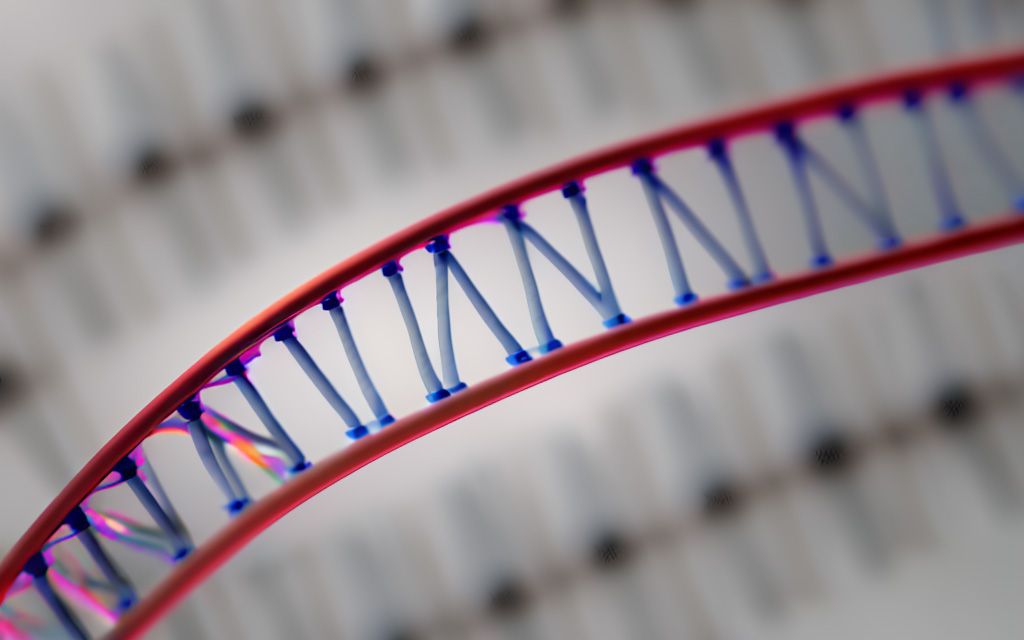
In recent years, synthetic biology has established a global reputation as a technology that can reshape our relationship with the living world through bio-based products in health and wellbeing, food and feed, industrial chemicals, and biofuels. However, it is difficult to predict exactly how society will look in 20 years, as it will depend on a number of factors, including advances in technology, changes in societal values, and global economic and political conditions. If synthetic biology becomes commonplace, we will likely see significant changes in several industries, as well as in our daily lives.
One of the most significant changes is likely to be in the field of medicine, where synthetic biology has the potential to revolutionise the way we diagnose, treat and prevent diseases. Synthetic biology techniques could allow for the development of new, highly specific diagnostic tests and treatments and the production of new vaccines and therapies at scale. Additionally, recent progress in synthetic biology-based medical technologies such as gene editing (CRISPR-Cas9, TALENs) and synthetic organisms in medicine could become the new standard in personalised and regenerative medicine.
Generally, it is worth mentioning that the more these advancements occur, the more governance around them will be needed. It could bring concerns and challenges in terms of ethical and societal implications, which will need to be considered.
Using synthetic biology and related technologies, we could significantly improve or replace many physical inputs currently used in production processes—processes that would be more efficient and sustainable as a result. A recent McKinsey report estimated that applications from the bio revolution could generate $4 trillion in direct global impact over the next 10-20 years, enabling 60% of physical inputs to global economies—from fuels and feedstocks through materials and products down to consumer goods like electronics or apparel— and reducing 45% of global diseases. Of course, these are predictions, an estimation of the potential impact of synthetic biology in these areas of the economy, rather than a certainty.
Synthetic biology is about making new things and rethinking the way we engineer living things. The ultimate goal of synthetic biology is to make all the information in DNA-encoded genetic circuits available to scientists, allowing us to reprogram cells to do what we want them to do, and technologies such as quantum computing or AI will play an essential role in achieving its potential.
Quantum computing, for example, has the potential to significantly accelerate certain computationally intensive tasks such as protein folding and drug discovery. By leveraging the unique properties of quantum computing, such as quantum parallelism and entanglement, scientists can perform complex calculations more efficiently, which could lead to new insights and breakthroughs in the field of synthetic biology.
The convergence of quantum computing and synthetic biology could result in living machines that can sense and respond to their environment, produce valuable products, self-repair, and evolve over time. This field has the potential to help us solve some of our most pressing problems, such as climate change and energy security. Nevertheless, quantum computing is still far out; the impact of AI on synthetic biology can already be felt today.
The Role of AI in Synthetic Biology Development
Artificial intelligence plays many important roles in synthetic biology. One of the main ways that AI is used in synthetic biology is through developing predictive models and simulations, which can be used to design and optimise biological systems. Machine learning algorithms can be used to analyse large amounts of data and predict biological systems' behaviour.
Another way that AI is used in synthetic biology is by developing automated laboratory techniques, which can be used to perform complex procedures and experiments. Robotics and automation are often used in synthetic biology to perform repetitive and time-consuming tasks such as DNA assembly, gene editing, and protein expression.
One of the most notable examples of AI in synthetic biology is AlphaFold, a deep-learning model developed by DeepMind. AlphaFold can predict the 3D structure of proteins from their amino acid sequence, which is an essential task in the field of structural biology. The ability to predict protein structure is crucial in understanding how proteins work and using this information for drug development, protein engineering, and many other biotechnology applications.
AlphaFold is highly accurate in its predictions, outperforming traditional methods in many cases. It has helped researchers understand the structure of many previously uncharacterised proteins, and it is widely used in structural biology. AlphaFold's ability to predict protein structures quickly and accurately has been a significant breakthrough in synthetic biology and has enormous potential to accelerate the discovery of new drugs and therapies.
The role of AI in synthetic biology is expected to continue to grow in the future. With the help of AI, scientists can analyse large amounts of data, optimise biological systems, and make predictions about the behaviour of biological systems. AI-based tools such as AlphaFold can make predictions quickly and accurately, which can significantly accelerate research and development in the field of synthetic biology.
Synthetic Biology Startups
The future of synthetic biology is shaped by the growing number of companies manufacturing DNA for research purposes. In addition, many other companies are using synthetic biology for commercial applications.
Companies such as Ginkgo Bioworks, Amyris, and the former BioAmber use synthetic biology to produce biofuels, chemicals, fragrances, and food ingredients.
In the field of medicine: Synthego, CRISPR Therapeutics, and Editas Medicine are using synthetic biology for gene editing and gene therapy to develop new treatments for genetic diseases and cancer.
Synthetic biology is becoming more popular as a tool for developing new drugs and creating genetically modified organisms. The future of bioengineering is bright because it has many potential applications that can be used in medicine, agriculture, and food production.
One promising application is the creation of "living drugs" — viruses or bacteria designed to attack cancer cells or other diseased tissues in the body. The idea is that these organisms would present fewer side effects than conventional drugs because they would be tailored specifically for their target tissue.
Another promising area of research involves the creation of bacteria that can degrade toxic chemicals found in soil or water. This could be used in cleanup efforts following oil spills or chemical accidents like Bhopal (India's Union Carbide pesticide plant disaster). Of course, these are only a sample of the opportunities that synthetic biology has to offer, and when synthetic biology is integrated with other fields, it becomes even more exciting.
Integration With Other Fields
The field of synthetic biology is emerging as a powerful tool for the study of biological systems. It is also a growing field that integrates with other fields to create new technologies. Some of these disciplines include:
Data Handling
Data handling is critical to many scientific and technological fields, including synthetic biology and essential for developing new technologies.
Synthetic biology and data handling share many similarities. Both fields involve collecting, processing, and interpreting large amounts of information to execute certain functions or solve problems. Synthetic biologists rely heavily on data-handling techniques to analyse and interpret the results obtained from their experiments, while data-handling professionals may use synthetic biology techniques in their work.
Synthetic biology is also dependent on advances in computing and information technologies since new tools for analysing DNA depend on datasets that are larger than those currently available. If a scientist cannot collect the right information about what is happening in their experiments, then there will not be much progress made toward achieving an artificial genome.
One way that synthetic biology intersects with data handling is through the use of bioinformatics tools and databases. Genetic and genomic data are stored, analysed, and interpreted with these tools to design synthetic biological systems.
For example, bioinformatics tools are used to predict the behaviour of synthetic biological systems based on the genetic information that describes how organisms work at a cellular level (e.g., which genes are expressed in what ways), or design synthetic circuits based on existing genetic profiles.
Material Science
A correlation exists between synthetic biology and material science because both fields focus on designing systems that can perform useful tasks. Synthetic biology aims to create living organisms that will produce needed products or perform specific tasks. Material scientists use their knowledge about materials' properties to create new products with specific functions, such as stronger aeroplanes or faster computers.
Synthetic biology has the potential to revolutionise the way we create and use materials. Here are a few examples of how synthetic biology could affect material science:
- Biomaterials: Synthetic biology can engineer microorganisms such as bacteria and yeast to produce new types of biomaterials, such as bioplastics, biocomposites, and bio-based fibres. These materials are often biodegradable and can be produced more sustainably than traditional synthetic materials.
- Biomanufacturing: Synthetic biology techniques can be used to develop efficient and cost-effective ways to produce materials using biological systems. For example, enzymes can be engineered to break down plant material into sugars, which can then be fermented to produce biofuels and other chemicals. This can enable the production of sustainable and biodegradable materials at a large scale.
- Biodegradable materials: Synthetic biology also has the potential to create self-healing and biodegradable materials by using living cells as the building blocks. By engineering cells to self-assemble, self-repair, and adapt to their environment, scientists can create materials that can repair themselves if they are damaged, and that will degrade naturally when they are no longer needed.
Biological Computing
Biological computing involves using living cells or biological molecules as components in computing systems. These systems can perform various tasks, including data storage, sensing, and computation.
Biological computing is an emerging field that combines the principles of biology and computer science to create new technologies. Researchers in this field are working on a variety of projects that aim to harness the properties of living cells, such as their ability to process information, respond to their environment, and evolve, to perform computations.
There is a significant overlap between synthetic biology and biological computing, as both fields involve using biology to perform specific functions. For example, synthetic biologists may design and construct biological systems that can be used as sensors or for data storage, while biological computing researchers may use synthetic biology techniques to design and construct living cells that can perform computations. Additionally, the development of new tools and technologies in synthetic biology is often driven by the needs of the biological computing field and vice versa.
One of the most interesting areas of research in biological computing is the use of DNA as a storage medium for digital information. DNA molecules can store vast amounts of data in a very small space, and scientists have developed techniques for encoding digital data in DNA and reading it back out again. This has the potential to revolutionise data storage, making it possible to store vast amounts of information in a way that is both dense and long-lasting.
Microsoft is working with biological computing to develop living computers—created from cells and programmed to perform various functions, such as treating diseases. In 2016 MIT created a "biological computer", becoming a pioneer in the research and development of the latest advancements in this field ever since.
It is a relatively new field, and there are still many challenges that need to be overcome, but the potential benefits of biological computing are significant, and researchers continue to explore its possibilities.
Applications of Synthetic Biology
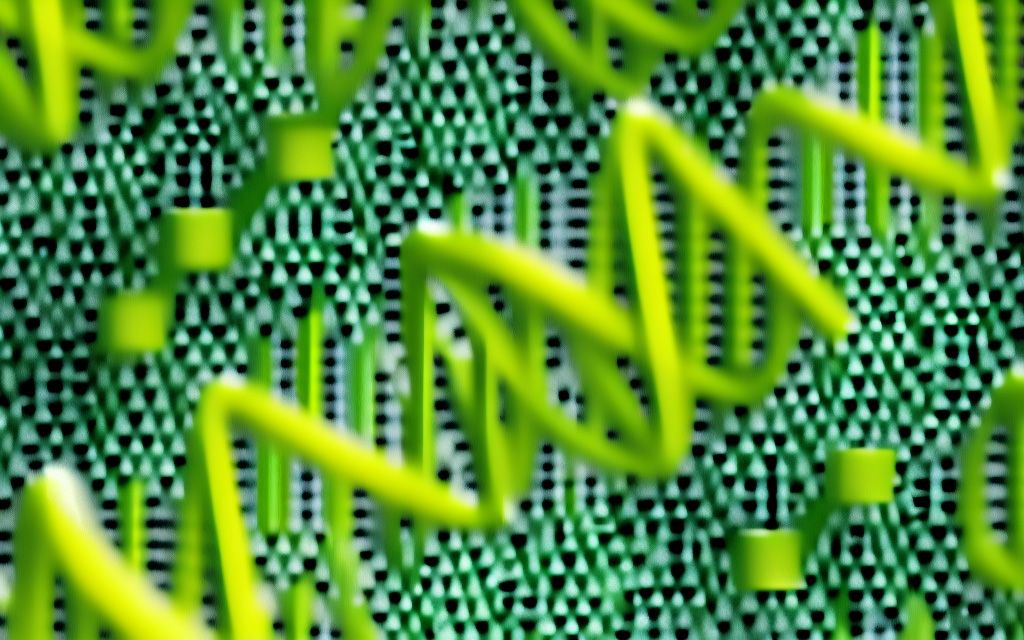
A number of applications are possible with synthetic biology, including those in Industrial Biotechnology (IB), agriculture, marine biotechnology, and environmental biology. The underlying technology platform is essentially application-agnostic but adheres to engineering principles, assimilation of automation, and information technology. It follows engineering principles, integrates automation and information technologies, and maintains a clear focus on precision, repeatability, and robustness to industrialise applications.
Climate Change and Food Security
The awareness of significant global challenges, such as climate change mitigation, food security, ocean pollution reduction, biodiversity conservation, and the establishment of more sustainable manufacturing supply chains, is growing. Along with raising societal concerns over food and natural product supply chains, significant investments are being made in technology development. To limit global warming to no more than 1.5°C, it will be necessary to rapidly reduce the current worldwide dependence on fossil-based feedstocks for fuel and chemicals, which will require radical changes in established industrial processes.
Sustainable, low-carbon bio-based economies are the main drivers of the bioeconomic revolution. Using renewable biological resources sustainably produces food, energy, and industrial goods. To create a circular economy in the future, it is essential to produce molecules from biomass feedstocks as building blocks for future medicines, chemicals, materials, and liquid fuels, exploiting the untapped potential of millions of tons of biological waste and residuals.
In the future, scientists hope to use synthetic biology to engineer microorganisms that can convert plant material into biofuels—substances that can replace fossil fuels and help reduce carbon emissions faster and more efficiently than what is available today. In addition, synthetic biology could help convert carbon dioxide into useful products such as biofuels or chemicals.
Synthetic biology can also be used to solve hunger by increasing the supply of food while decreasing its cost. Scientists are modifying crops to make them more resistant to pests and disease and able to survive harsh environmental conditions such as drought or high temperatures, which will happen more often due to climate change.
This can make it possible to grow more food on arid or low-fertility land and may help relieve the hunger many people worldwide experience. Furthermore, it is possible to use synthetic biology to create new foods like plant-based alternatives for traditional ingredients, such as milk and eggs, and allergen-free or gluten-free options that can be beneficial for people with dietary restrictions.
Pharmaceuticals
Synthetic biology can also change the way drugs are developed and manufactured. Researchers use synthetic biology techniques to create microorganisms that can produce drugs more efficiently than traditional methods.
For example, scientists have been able to genetically engineer yeast to produce human proteins such as insulin, which is used to treat diabetes. This approach can potentially lower the cost of producing these drugs and make them more widely available to patients. Additionally, using synthetic biology, scientists can design yeast to produce useful enzymes, such as those involved in drug metabolism, which are also used in drug development and testing.
Textile Industry
Synthetic biology can also be applied in the textile industry to create new fibres and materials with unique properties, such as cellulose and chitin, which can be used to create biodegradable or sustainable textiles. Cellulose fibres made from engineered bacteria are already being used in the production of rayon, a synthetic silk-like fabric used in clothing and home furnishings.
Additionally, synthetic biology could create colour-changing or self-healing fabrics by engineering bacteria or enzymes that can produce pigments or heal tears. Other researchers are exploring the use of synthetic biology to create materials that mimic the characteristics of spider silk, which is known for its strength and durability, to create more robust and more resilient fibres for use in clothing, ropes and even body armour.
Why Should Organisations Be Familiar With Synthetic Biology?
Organisations have always been interested in understanding their environment to adapt to changing conditions or take advantage of opportunities as they arise. To do this effectively, they need to know how their environment works at its basic level — its DNA code — because even the tiniest change can have enormous consequences.
Synthetic biology helps us understand our environment at its most fundamental level and allows us to build new organisms from scratch using synthetic DNA that contains new genetic codes not found in nature. This enables us to create entirely new life forms that could potentially solve problems that traditional biotechnology is not well-suited to solve.
The first commercial application of synthetic biology is likely to be in producing new biofuels. The technology has already been used to produce fuel from waste products and algae. Still, companies are looking to produce biofuels from cellulosic materials such as agricultural waste or grasses.
Organisations should be aware of synthetic biology because it will significantly impact their business models. Synthetic biology companies could provide new products and services that could change how organisations operate.
For example, synthetic biology has the potential to change the way organisations operate by enabling the development of new products, processes, and systems that are more efficient, cost-effective, and environmentally friendly. It will also allow organisations to shift and respond more quickly to Industry 4.0 trends, thus becoming more competitive and agile.
Synthetic biology can also be used to develop new materials in the manufacturing industry. These materials can be produced more cheaply than natural alternatives, but they may also have improved properties such as strength or flexibility.
Synthetic biology is poised to provide incredibly promising solutions to problems that affect all of society. However, these benefits depend on organisations, large and small, being aware of the work in synthetic biology. It is time for corporate social responsibility to recognise that synthetic biology may be more than a trend—it could be an essential area of research that can have lasting benefits for humanity.
Final Thoughts
Synthetic biology is the next frontier in biotechnology, with endless possibilities. For example, synthetic biology allows us to explore different ways to create new therapies to cure diseases, produce new sources of clean energy, and even design organisms that would not have existed in nature. But with this much potential comes a lot of fear and uncertainty—will we be able to control these synthetic technologies? And will they harm us or the environment? These are all genuine concerns that need to be addressed as we look into the future of synthetic biology.
The future looks promising for the field, but stakeholders will have to work together to harness the incredible potential of synthetic biology.
Images by StableDiffusion





